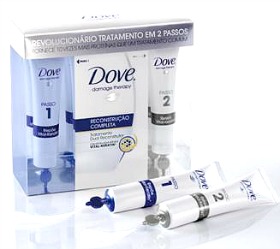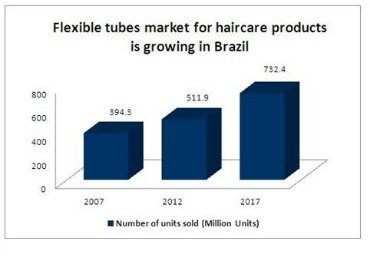
2014-05-14 22:21:09
Beauty-Conscious Brazil to Fuel Growth in the Plastic Packaging Industry
2014-05-14 22:21:09
By Catherine O’Connor, senior analyst, Canadean
 Catherine O'Conner |
Brazil had the third largest cosmetic market globally in 2012 - and their health and beauty sector was then worth BRL 56 billion.
More recently, the country’s strong economic growth has meant that the spending power of consumers has been boosted - and as
 Flexible tubes are becoming more popular in beauty, like these chosen for Dove skincare. |
disposable incomes have grown, the fashion conscious middle class is fuelling the growth of the health and beauty market.
Products with perceived health and beauty benefits drove the consumption of BRL42 billion worth of consumer packaged goods products in 2012.
This rising consumer demand has therefore motivated packaging companies to bring varied packaging options to the market, stimulating demand of materials and introducing fresh formats.
Manufacturers have also targeted impulse spending in retail channels, stocking products such as deodorants and nail varnishes at points of sale in an effort to prompt purchases.
Plastics Set For Growth, Due To Rise in Health and Beauty Purchases
 Chart shows the growth of the flexible tubes market in Brazil. |
As national and multinational companies start to enter the Brazilian health and beauty market, the demand for health and beauty related packaging has increased.
Plastics are the preferred medium for health and beauty packaging, and the industry will record the fastest growing Compound Annual Growth Rate (CAGR) in demand for flexible packs during 2012–2017.
Although leading brands in the haircare market largely use high-density polythene bottles, flexible tubes will become more popular due to their increasing use for hair colorants, conditioners and shampoo, where consumers desire their convenient, squeezable application features.
The number of flexible tubes used in the haircare market will increase from 511.9 million units in 2012 to 732.4 million units by 2017, registering a CAGR of 7.4 % during the period.
LinkedIn




